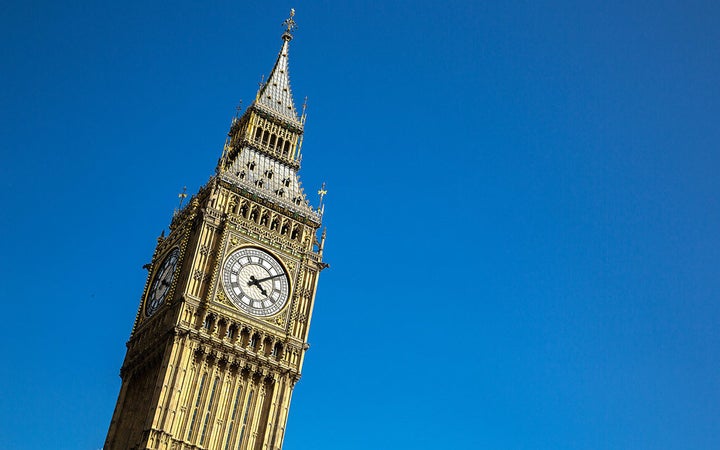By Alex Schechter
This article originally appeared on Travel + Leisure.
If you thought the only thing to know about Big Ben was the time, think again.

It’s impossible to visit — or to even think of London — without picturing the 316-foot-high clock tower that has defined the city’s skyline for centuries. Long before the ultra modern Shard and the Gherkin rose up over the River Thames, there was only Big Ben.
And before that, there was Westminster Palace — but the landmark residence from the 1600’s was largely destroyed by a fire in 1834. As a result, the city announced a design competition for a new Houses of Parliament building to take the Palace’s place. An entry by Sir Charles Barry (number 64 out of nearly 100) was selected.
Fortunately, Barry new a thing or two about the area. After all, he grew up across the street from where Big Ben would eventually stand. It took 34 years — and the rest of Barry’s life — to complete the tower and its clock, which chimed for the first time in 1859.
Nothing about Big Ben’s construction was conventional, or easy. Steam engines were used to carry building materials up through the center of the advancing tower, and the first two minute hands had to be replaced (they were too heavy to function and had to be replaced with hollow copper pieces).
Despite a crack on the bell, Big Ben has continued to ring on the hour, without pause (save for a nine-month breakdown in 1976 and seven weeks in 2007 when it was quieted for maintenance) throughout the reins of six monarchs. It even sounded through bombing blitzes during World War II.
Thought that was all there was to know about the world’s most famous clock? Read on for more surprising secrets of Big Ben.
Only Brits can take a tour
Anyone can see Big Ben, but interior tours of Big Ben are unusually restricted, open only to residents of the United Kingdom. The visits are indeed free of charge, but each visitor must be sponsored by a member of Parliament of a Member of the House of Lords — good incentive for any Brit to get chummy with one of his or her national representatives. Come 2017, the attraction will close for a multi-year renovation project; tours are scheduled to resume in 2020.
Its name isn’t actually Big Ben
The structure’s official designation is the Elizabeth Tower; Big Ben refers specifically to the 16-ton, 7-foot-tall bell inside. It was named for Sir Benjamin Hall, the city’s first Commissioner of Public Works. Hall oversaw the installation of the bell, and his name is even inscribed on its surface.
You can wind it with a penny
The timekeeping mechanism inside the tower contains something called a Double Three-legged Gravity Escapement, which basically means external factors (like wind and rain) can’t interfere with the clock’s accuracy. In fact, after more than 150 years, all it takes is a single English penny to adjust the speed of the interior pendulum.
A flock of starlings changed the time
Only one time in history has the time been really wrong. That was in 1949, when a flock of starlings — who landed on the minute hand — slowed it by four and a half minutes.
It’s a true work of art
Each of the four clock faces is made of more than 312 pieces of opal glass—that’s 1,248 individual pieces of extremely fragile glass. When it comes to upkeep, the dials get the old sponge-and-bucket treatment once every five years. A full team of clock-cleaning pros rappel from the belfry and spend days working polishing every inch of the clock.
Someone is sitting when the light is on
Crowning the tower is a massive lantern known as the Ayrton Light. Queen Victoria insisted on its installation, supposedly so she could observe if government official were working; it’s illuminated whenever Parliament is in session.
More From Travel + Leisure:
